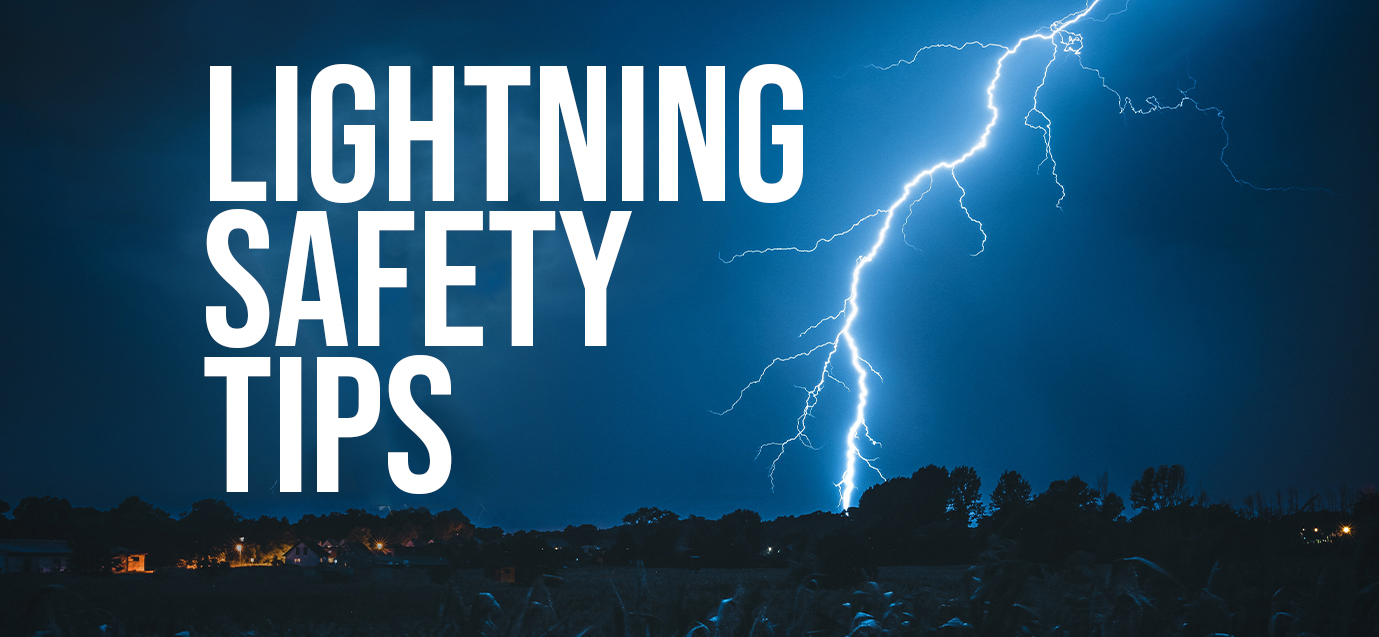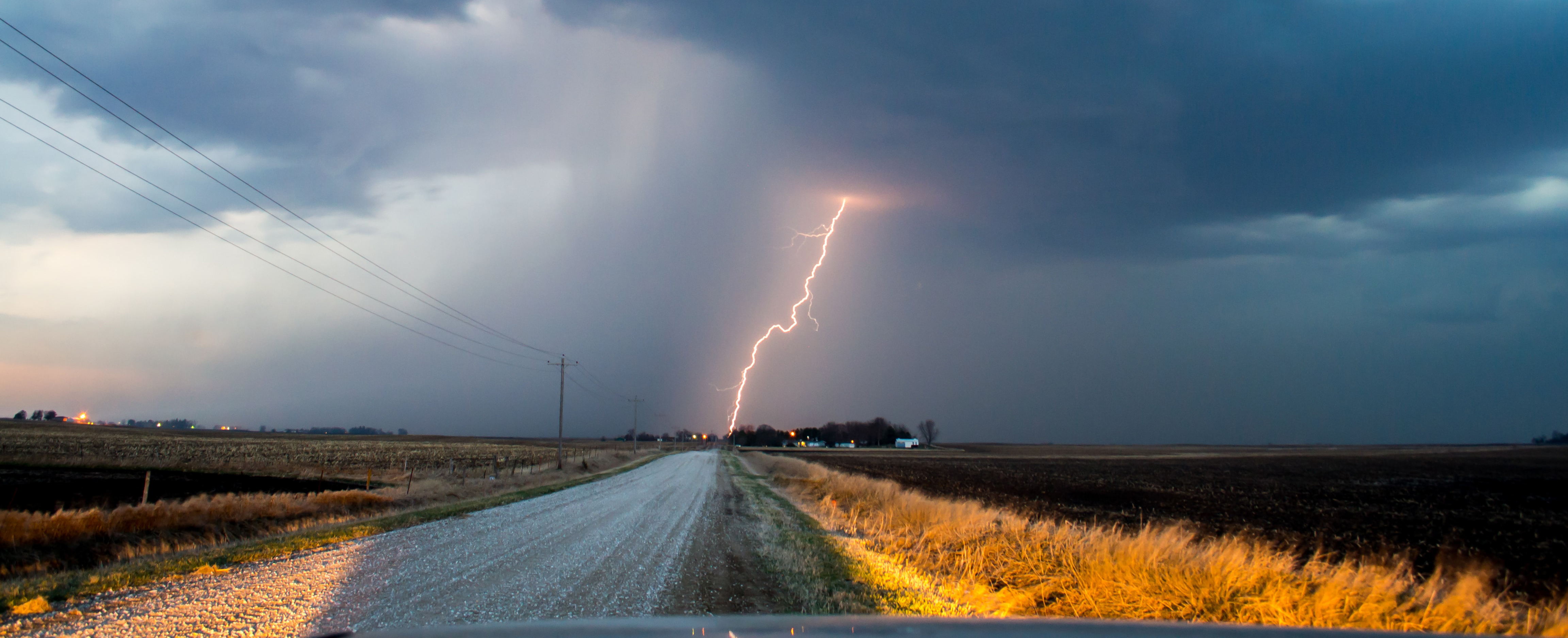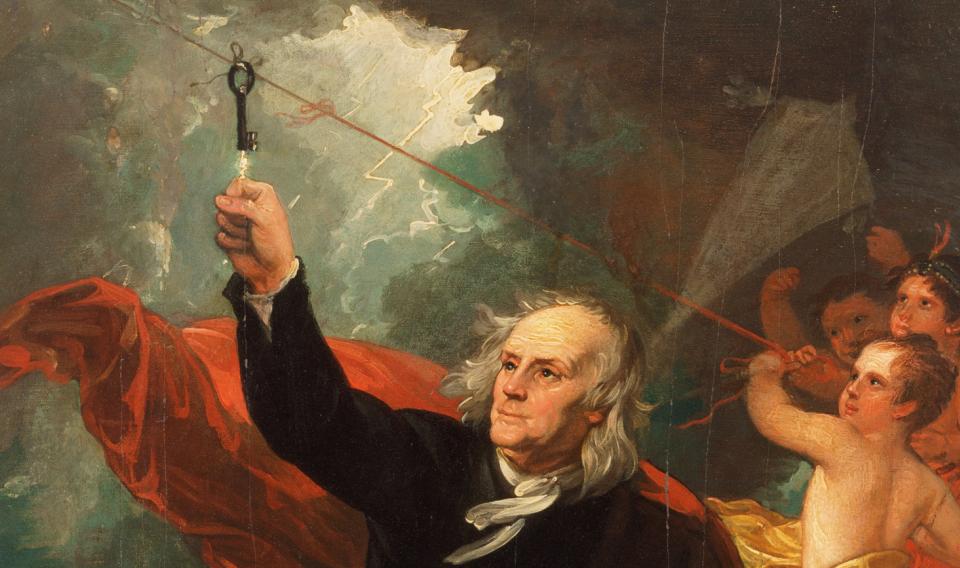You must have cookies enabled for the site to work properly.

Lightning Safety Tips
Tuesday June 14, 2022
Every year, there are over 1.4 billion lightning strikes across the world. In the early 2000’s, the NOAA reported that lightning had killed more people than any other weather factor. This caused them to create Lightning Safety Awareness Week, with the goal of informing citizens that it’s not safe to be outdoors during a thunderstorm. Since the creation of the week, fatalities from lightning have dropped to lower than 30 per year. Previously, fatalities averaged around 40-50 per year. This year, Lightning Safety Week is June 19-25.

History
Lightning was first linked to electricity by Benjamin Franklin in 1752. He noticed many similarities between the two: they created light, made loud “booms” when exploding, attracted to metal, and even had a similar smell. As most know, to prove his theory that lightning was a form of electricity he set out on a dark and stormy night with a key attached to the end of a kite. Some may not know that (1) he also had a Leyden jar (device that can store an electrical charge for later use) and (2) neither the metal key, nor Franklin were actually struck directly by lightning. When the kite was in the sky, Franklin noticed that the loose hairs on the hemp string were standing up and he felt a slight shock when he touched the key. This led to the link between lightning and electricity.

Staying Safe
The most important part of staying safe from lightning is avoiding open areas. If you are the tallest object in an area where a storm is happening, you are making yourself a target for lightning. If you see lightning or hear thunder, seek cover immediately. Sometimes, the only place to shelter is a car, this is a viable way to avoid lightning, but many people believe it’s because of the rubber tires. This is untrue, cars are effective protection from lightning because of the metal frame that diverts lightning around the car. The rubber tires on a motorcycle don’t provide protection from lightning. Avoid isolated tall trees, towers, or utility poles as they can attract strikes also. If planning an organized outdoor event, have a plan in case of a storm and stay under cover until 30 minutes has passed since the last strike. Remember that while some people survive lightning strikes, they can still suffer lifelong disabilities from it.
Disaster Preparedness Supplies from ProPac
Prepare yourself and others for any kind of natural disaster with ProPac USA. Our unique line of preparedness items have been tested by professionals across the country. Browse over 50 different disaster kits, or build your own kit choosing from 100+ different items that we use to pack our pre-made kits! We've got everything you need to stay safe and prepared in case of an emergency.